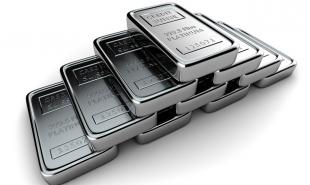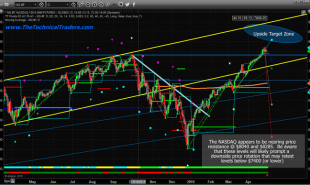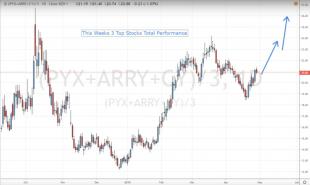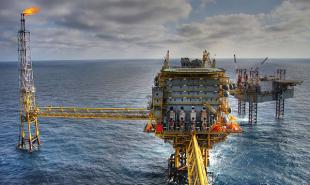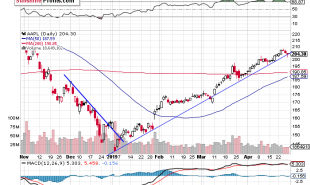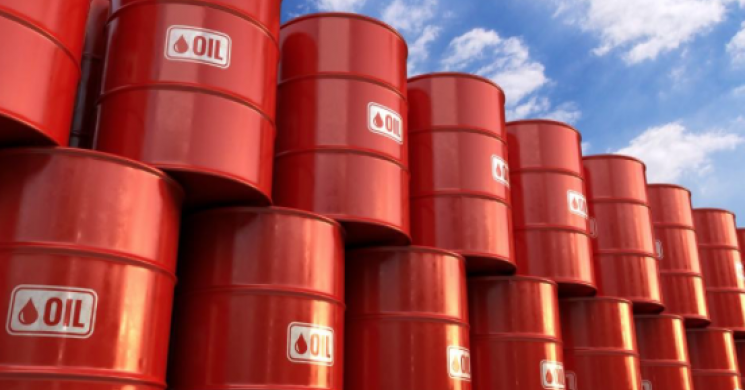
The Hacienda hedge
Here is a fun Bloomberg Markets story about Mexico's annual oil hedge, where Mexican finance officials go out every year and flood a bunch of banks with orders to hedge the country's oil production. They do a surprisingly good job:
For its part, Mexico has shown a Wall Street-style wizardry in trading oil. It usually makes money on its hedges—sometimes a lot of money, as in 2008-09. From 2001 to 2017, the country made a profit of $2.4 billion; its hedges raked in $14.1 billion in gains and paid out $11.7 billion in fees to banks and brokers.
On the one hand, it is always heartening to see a client make more from Wall Street banks than it pays them in fees. On the other hand ... is it? Mexico is a giant oil producer that has "relied on oil for about a third of its income" in some years. The oil hedges are meant to reduce the volatility of that income:
Hedging is like buying insurance, says Guillermo Ortiz, who was governor of the country’s central bank from 1998 to 2009: "You buy it hoping you won’t need it."
The way you typically think about insurance in daily life is that if you are getting more money from the insurance company than you are paying in premiums, something has gone wrong. You don't want to get your money's worth on term life insurance. Something similar seems to have happened to Mexico. The opening anecdote in the story involves Mexican officials top-ticking the oil market in July 2008, putting on their annual hedge just after oil hit an all-time high. They started that hedging on July 22, when West Texas Intermediate crude was at around $128. They bought puts on 330 million barrels of oil:
Within minutes they began firing off messages to the oil trading desks of Barclays, Goldman Sachs, Morgan Stanley, and Deutsche Bank. Their instructions were to buy “put” options, contracts giving them the right to sell oil at a predetermined future price, at levels ranging from $66.50 to $87 a barrel. The banks receiving the orders had never seen an oil deal this big. The price tag for the options was $1.5 billion.
The puts worked out great. They paid off in December 2009. "Official records tracking the money that landed in Account No. 420127 at state-owned Nacional Financiera bank show the tidy sum Mexico made: $5,084,873,500."
Good work! But "In 2009 oil prices would average less than $55, well below the average price of the options of $70." Mexico's 330 million barrels of puts paid out about $15 per barrel, or $5 billion. But selling oil at $55 per barrel, rather than $128, means that Mexico missed out on $73 per barrel, or $24 billion on 330 million barrels. The hedge was a drop in the barrel, as it were. Wall Street paid Mexico, but Mexico paid the oil market a lot more.
Full Article HERE
Read more by The Hound


